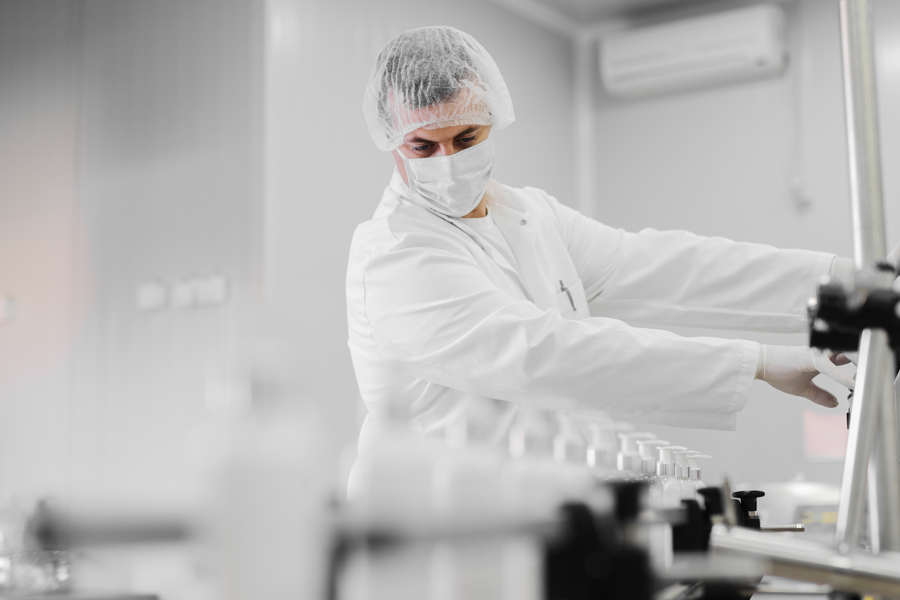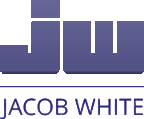2020: Repackaging the Packaging Industry

So far, 2020 has thrown the packaging industry onto a rollercoaster ride of operational activity. Soaring, unexpected demand on one hand, and additional hygiene guidelines and a significantly restricted workforce on the other. Because of this, it is easy to understand why the changes in short-term priorities have been made and how the trends we predicted this time last year have shifted.
Whether some of the short-term priorities become long-term changes remains to be seen. There is little doubt that consumer behaviour drives industries, and behaviour has certainly changed since the end of 2020’s first quarter. Let’s take a look at how the packaging industry is handling it.
Current packaging trends driving growth and decision-making
For the past five years, the packaging industry has been exposed to strong change. Much of this has surrounded environment and sustainability topics and there has been a general surge in recycling activity. There has also been a consumer-driven call for a reduction in packaging materials, fewer single-use plastics and smarter packaging to enhance transparency and provenance. All these, and other topics such as energy efficiency, automation, cost vs. value and consistent productivity have been at the forefront of the decision-making process for many global manufacturers for some time.
Although these topics are still high on the agenda, recent global restrictions and heightened hygiene guidelines have shifted the short-to-mid-term focus across the packaging industry. Completely unprepared for the swift, unprecedented and fluctuating changes in demand vs. a virtual standstill in operational productivity, the industry has been forced to adapt fast.
How has the packaging industry handled swift trend changes?
When focus shifted at the beginning of the COVID-19 pandemic, the packaging industry was fast to act. Heightened demand in food and pharma, health and hygiene sectors on a global scale meant safe working practices took priority over previously debated trending topics.
Although initially many topics (such as the use of single-use plastics and recycling for example) took a back seat, sight has not been lost of these initiatives and signs that the packaging industry is settling into a new normal are now being seen across the world. Widespread recycling has resumed and development of alternative materials to replace single-use plastics is continuing in earnest.
Automation of many packaging lines has proved to be a growing trend, particularly since the beginning of the crisis. Automated packaging machines dramatically reduce human intervention and can often handle primary, secondary and tertiary packaging processes without it at all. This has meant that operational productivity has not only been able to continue, but also accelerate, even with a reduced workforce.
What does the future of packaging look like?
The future of packaging, according to many industry experts and businesses, will lie in automation, both in the production line and distribution. Insofar as materials are concerned, sustainability will once more come to the forefront of driving trends as manufacturers explore new ways to tick the boxes for consumers. These are likely to include:
- Bioplastics
- Inflatable, reusable packaging
- More easily recyclable
- Plant-based biodegradable materials
- Non-solvent-based adhesives and ink
- Space-saving packaging
- And more.
As e-Commerce packaging demand continues to rise, which many industry professionals fully expect, growing numbers of standards will be introduced to ensure consistency and transparency in provenance and traceability. This will lead to an increase in accountability across the world and manufacturers, packaging companies and distributors will have to keep up if they are to stay competitive and continue to sell on some of the world’s largest platforms.
Adapting packaging to rising e-commerce standards
e-Commerce and direct-to-consumer selling have been steadily increasing and recently experienced an unprecedented surge in demand following the global confinement of millions of consumers. This, and Amazon’s 2020 launch of the ISTA 6-Amazon.com-SIOC and ISTA 6-Amazon.com-OB protocols to its Frustration Free Packaging program, demonstrates the need for change across the industry to adapt to new demand and growing requirements.
Amazon introduced the Frustration Free Packaging program in 2008 to address consumer requirements for a reduction in excess packaging. The program promotes the use of sustainable packaging materials and practices and according to industry experts, many more companies could follow.
It isn’t just about reducing secondary or tertiary packaging – making it thinner, lighter or a better fit for the product, although these are high priorities. Fillers are often necessary in e-Commerce packaging operations too, and the increase in general industry demand is helping to drive growth in the development of alternative materials and methods for packaging on all levels.
Creating consistency on the packaging line with evolving packaging requirements is going to be more important than ever. Because of this, and as businesses diversify to meet demand, there will be few companies that will be able to resist some form of automation.
The role of future packaging design
Various new design technologies are emerging in the packaging industry. This is in part to keep up with consumer demands and increasing new packaging standards. With growing interest surrounding some of the latest emerging technologies, many industry experts believe that AI and augmented reality will play an important role in design – to name but one.
The introduction of smart packaging technology is set to make traceability faster and more transparent. This emerging market is estimated to more than double over the next five years and this may be accelerated by recent global events surrounding the pandemic situation. While food, drink and pharma industries will inevitably experience heightened regulation surrounding traceability, it is fast-becoming a common industry understanding that no sector will escape traceability protocols in the future.
Advancements in packaging design technology are likely to streamline logistics and distribution processes too. Dynamic warehousing is taking on board cognitive computing, robotics, IoT connectivity, and other smart technologies. Bringing these elements together can help to form an environment where it is easier to protect the workforce, and to streamline and enhance operational performance to meet inevitable demand.
Other benefits of advanced packaging technology in distribution are likely to include:
- Predictive maintenance – addressing issues before they become problems
- Cobots – robotic assistants
- IoT standardisation – streamlining network connectivity
How automating the packaging line will help future-proof business
There is little doubt that the future proofing packaging operations will require some form of automation. As demand continues to grow, coupled with regulation and expectation, significant challenges will be faced on the shop floor. Add to this the need for a reduced workforce and social distancing and those challenges seem game-changing.
When packaging becomes fully automated, the immediate benefits can be realised in terms of increased productivity and output, seamless consistency and minimised human intervention. Over the long-term, however, automation delivers much more and can help future-proof your business by enabling flexibility and scalability on a larger scale.
Can Jacob White help you repackage your packaging processes?
Jacob White automated packaging machines are carefully tailored to the individual needs of the client. Established for more than 100 years, we’ve grown with our clients and gained a unique understanding of how important a scalable and flexible approach is. Adapting to current challenges fast, and preparing for the future should remain critical priorities, especially in uncertain times.
Let us help guide you through your options. Whether you’re managing a hands-free approach to primary, secondary and tertiary packaging on multiple production lines or a multi-product, short-run operation, there are ways in which automation can help streamline production, increase output and protect both the workforce and the consumer.

